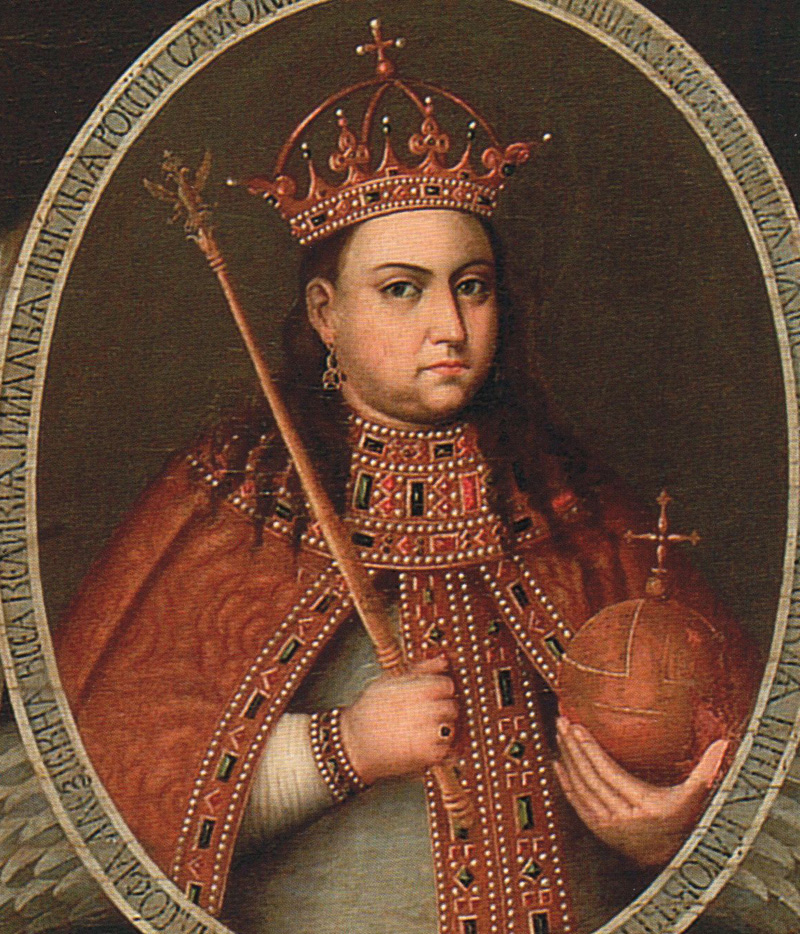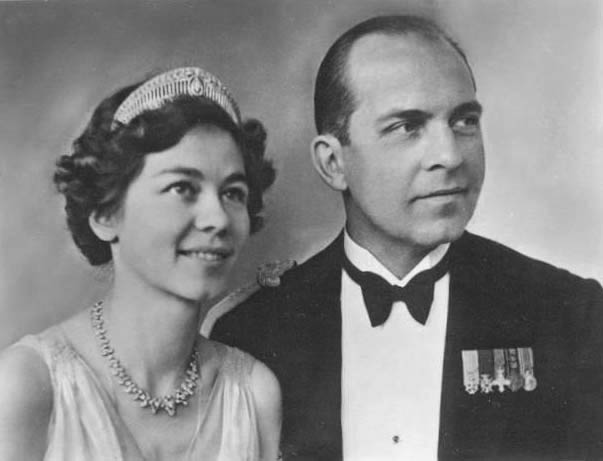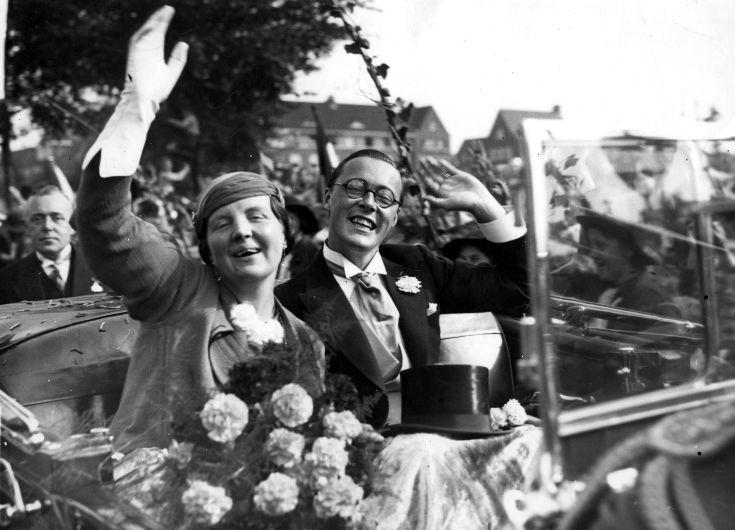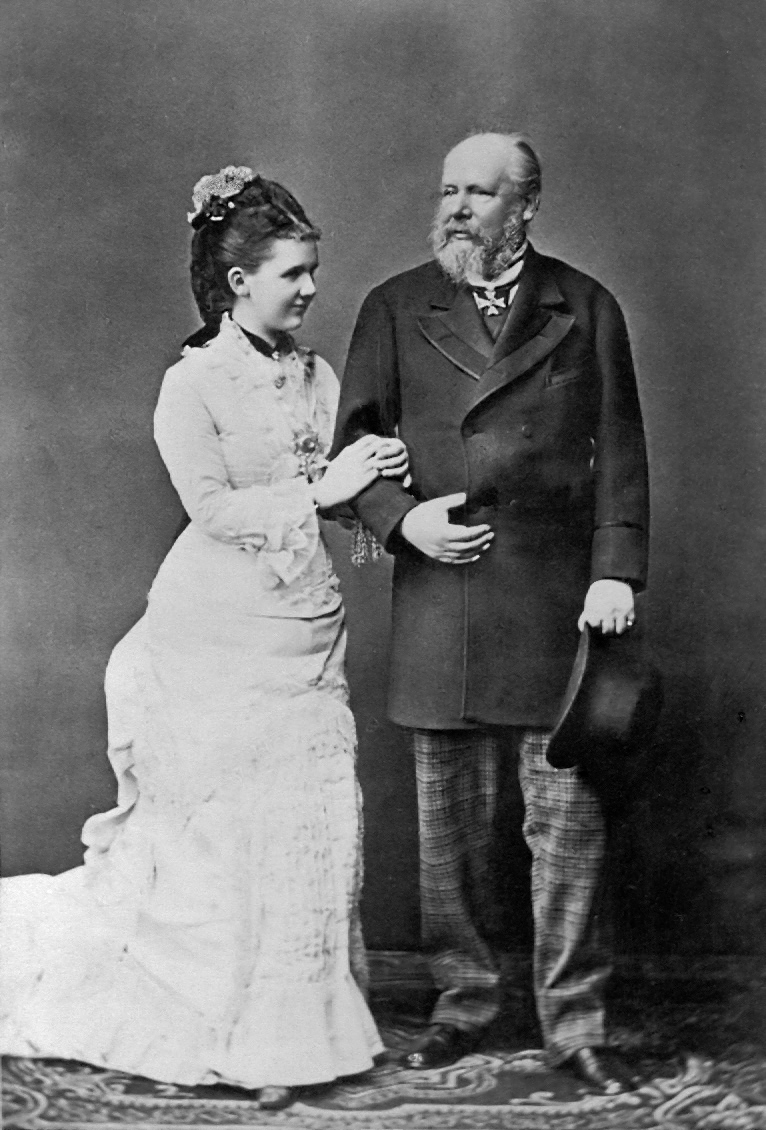© Unofficial Royalty 2022

Pedro I, Emperor of Brazil/Pedro IV, King of Portugal; Credit – Wikipedia
September 24, 1513 – Birth of Katharina of Saxe-Lauenburg, Queen of Sweden, first wife of King Gustav I of Sweden, in Ratzeburg, Duchy of Saxe-Lauenburg, now in the German state of Schleswig-Holstein
The first of the three wives of Gustav Vasa I, King of Sweden, Katharina was the daughter of Magnus I, Duke of Saxe-Lauenburg and Katharina of Brunswick-Wolfenbüttel. The fledgling King of Sweden needed heirs for his new House of Vasa. After being rejected by several potential brides’ families, Gustav Vasa was advised to consider the Duchy of Saxe-Lauenburg. Although the duchy was small and poor, the ducal family was related to many of the most powerful dynasties of Europe and was Protestant, which was important for the ongoing Swedish Reformation. With all this in mind, Gustav Vasa chose Katharina to be his wife.
Unofficial Royalty: Katharina of Saxe-Lauenburg, Queen of Sweden
September 24, 1704 – Birth of Karl August, Prince of Waldeck and Pyrmont in Hanau, Principality of Waldeck and Pyrmont, now in Hesse, Germany
As the second son, Karl August was destined for a military career. He served briefly in a French regiment and then entered the Prussian army. Upon the death of his father on January 1, 1728, his elder brother Christian Philipp briefly was Prince of Waldeck-Pyrmont until his death on May 17, 1728. Karl August then became the reigning Prince of Waldeck-Pyrmont.
Unofficial Royalty: Karl August, Prince of Waldeck and Pyrmont
September 24, 1812 – Death of Friedrich Karl August, Prince of Waldeck and Pyrmont in Arolsen, Principality of Waldeck and Pyrmont, now in Hesse, Germany; first buried at the Stadt-Kirche Bad Wildungen in Bad Wildungen now in the German state of Hesse. In 1962, his remains were transferred to the Princely Burial Chapel of St. Nicholas at the Church of St. Mary in Netze, a district of Waldeck, now in the German state of Hesse.
Full name: Friedrich Karl August Friedrich
In 1763, Friedrich Karl August’s father died and he succeeded him as reigning Prince of Waldeck-Pyrmont. However, his mother Christiane Henriette served as Regent of the Principality of Waldeck-Pyrmont until 1766. After a visit to England in 1775 to learn about ways to modernize Waldeck-Pyrmont, Friedrich Karl August instituted plans for road construction, improvements to agriculture, production of wool and linen, and the mining of iron. The education system was improved and a gymnasium, the term for a German secondary school was constructed in Korbach. Friedrich Karl August died at age 68 and because he was unmarried, his brother Georg succeeded him.
Unofficial Royalty: Friedrich Karl August, Prince of Waldeck and Pyrmont
September 24, 1834 – Death of King Pedro IV of Portugal/Emperor Pedro I of Brazil at Queluz Palace in Lisbon, Portugal; first buried at the Monastery of São Vicente de Fora in Lisbon; re-buried in 1972 at the Museu do Ipiranga in São Paulo, Brazil
As Emperor Pedro I, he was the founder and first ruler of the Empire of Brazil. As King Pedro IV, he reigned briefly over Portugal. On April 7, 1831, after a political crisis that ended with the resignation of his ministers and in the middle of an economic crisis, Pedro abdicated the throne of Brazil in favor of his six-year-old son who reigned as Emperor Pedro II of Brazil. Pedro returned to Portugal where he died at the age of 35, from tuberculosis at his birthplace.
Unofficial Royalty: Pedro I, Emperor of Brazil/Pedro IV, King of Portugal
September 24, 1860 – Death of Marie of Württemberg, Duchess of Saxe-Coburg and Gotha, second wife and niece of Ernst I, Duke of Saxe-Coburg and Gotha, at Schloss Friedenstein in Gotha, Duchy of Saxe-Coburg and Gotha, now in Thuringia, Germany; buried in the Ducal Mausoleum in the Glockenberg Cemetery in Coburg, Duchy of Saxe-Coburg and Gotha, now in Bavaria, Germany
Marie was the eldest child and the only daughter of Duke Alexander of Württemberg and Antoinette of Saxe-Coburg-Saalfeld. Marie had four brothers, but only two survived childhood. Marie and her brothers were first cousins of Queen Victoria and Prince Albert. In 1832, Marie married her uncle Ernst I, Duke of Saxe-Coburg and Gotha. The groom was 48 and the bride was 33. Ernst had been anxious to find a new bride after the death of his first, estranged wife, Louise of Saxe-Gotha-Altenburg. However, Ernst’s age and his negative reputation left him with limited choices for a bride. His mother, Augusta, Dowager Duchess of Saxe-Coburg and Gotha, arranged the marriage between her son and her granddaughter. After her marriage, Marie was not only the first cousin but also the stepmother of her husband’s sons from his first marriage, Ernst (later Ernst II, Duke of Saxe-Coburg and Gotha) and Albert (later husband of Queen Victoria). Marie and Ernst had no children, but Marie had a good relationship with her stepsons and maintained a correspondence with Albert throughout their lives.
Unofficial Royalty: Marie of Württemberg, Duchess of Saxe-Coburg and Gotha
September 24, 1861 – Birth of Prince Franz Joseph of Battenberg, son of Prince Alexander of Hesse and by Rhine, in Padua, Kingdom of Lombardy–Venetia, now in Italy
The Battenberg /Mountbatten family descends from Franz Joseph’s parents Prince Alexander of Hesse and by Rhine and his morganatic wife Countess Julia von Hauke. While visiting Queen Victoria of the United Kingdom who was on holiday in Cimiez, France, Franz Joseph met Princess Anna of Montenegro. She was the daughter of King Nikola I of Montenegro and Milena Vukotić, and was in Cimiez visiting her sister and brother-in-law. The two quickly fell in love, and their engagement was announced. They married in Cetinje, Montenegro on May 18, 1897, in both Eastern Orthodox and Protestant ceremonies. The marriage was a very happy one from all accounts, but the couple did not have any children.
Unofficial Royalty: Prince Franz Joseph of Battenberg
September 24, 1891 – Death of Alexandra of Greece and Denmark, Grand Duchess Alexandra Georgievna of Russia, daughter of King George I of Greece, wife of Grand Duke Paul Alexandrovich of Russia, at Ilyinskoye, the country estate outside of Moscow of her brother-in-law Grand Duke Sergei Alexandrovich of Russia; originally buried in the Peter and Paul Cathedral in St. Petersburg, Russia, in 1939, she was reburied at the Royal Cemetery in the grounds of Tatoi Palace in Greece
Alexandra gave premature birth to a son, Grand Duke Dmitri Pavlovich (a conspirator in the murder of Grigori Rasputin), and then she lapsed into a coma. She did not recover consciousness and died six days later.
Unofficial Royalty: Alexandra of Greece and Denmark, Grand Duchess Alexandra Georgievna of Russia
September 24, 1930 – Death of Marie Juliette Louvet, mistress of Prince Louis II of Monaco, mother of his only child Princess Charlotte of Monaco, grandmother of Prince Rainier III of Monaco, great-grandmother of Prince Albert II of Monaco, in Paris, France
In 1898, Marie Juliette gave birth to the future Prince Louis II’s daughter Charlotte. While Louis’ father Prince Albert I would not permit the couple to marry, their daughter Charlotte was later recognized as a member of the Monegasque Princely Family, and in 1919, was formally adopted by Prince Louis, becoming Princess Charlotte of Monaco, Duchess of Valentinois. She would also later become heir to the Monegasque throne following her father’s accession in 1922, later relinquishing her succession rights in favor of her son, the future Prince Rainier III.
Unofficial Royalty: Marie Juliette Louvet
September 24, 1950 – Death of Victoria of Hesse and by Rhine, Marchioness of Milford Haven, granddaughter of Queen Victoria, at Kensington Palace in London, England; buried at St. Mildred’s Church Cemetery, Whippingham on the Isle of Wight, England
Victoria was the daughter of Princess Alice, daughter of Queen Victoria, and Grand Duke Ludwig IV of Hesse and by Rhine. She married Prince Louis of Battenberg and was the maternal grandmother of Prince Philip, Duke of Edinburgh. By the 1930s, Victoria had become a surrogate mother to her grandson Prince Philip. Her daughter Alice had suffered several breakdowns and spent many years institutionalized. Victoria, along with her two sons, took over the care of the young Philip, overseeing his education and social ventures. In 1948, Victoria served as godparent to her great-grandson Prince Charles. In the summer of 1950, while staying at Broadlands, the home of her son Lord Mountbatten, Victoria developed bronchitis and suffered a heart attack in August. Sensing the end was near, she insisted on returning home to Kensington Palace. It was here, on the morning of September 24, 1950, that she passed away, surrounded by her three surviving children.
Unofficial Royalty: Princess Victoria of Hesse and by Rhine, Marchioness of Milford Haven
This article is the intellectual property of Unofficial Royalty and is NOT TO BE COPIED, EDITED, OR POSTED IN ANY FORM ON ANOTHER WEBSITE under any circumstances. It is permissible to use a link that directs to Unofficial Royalty.

























